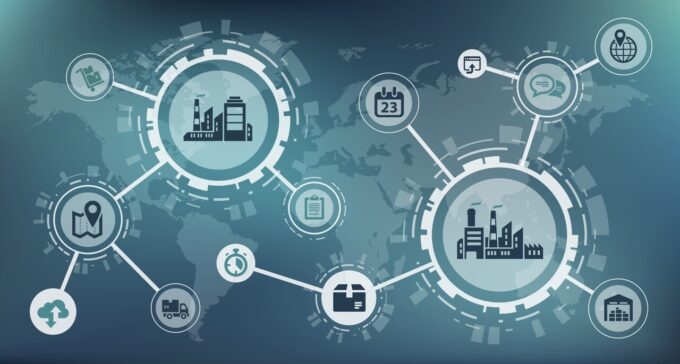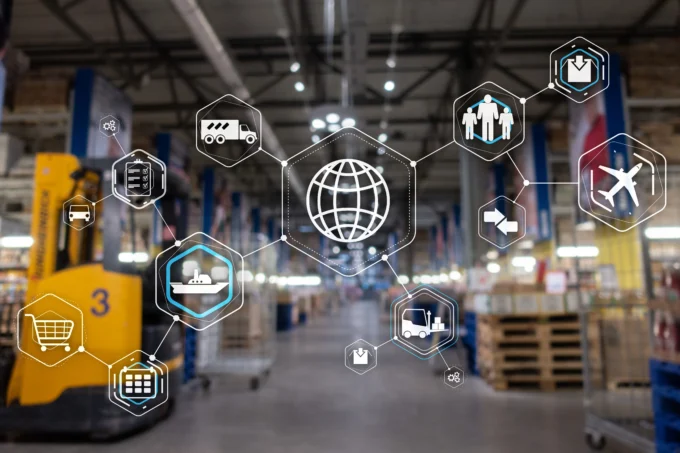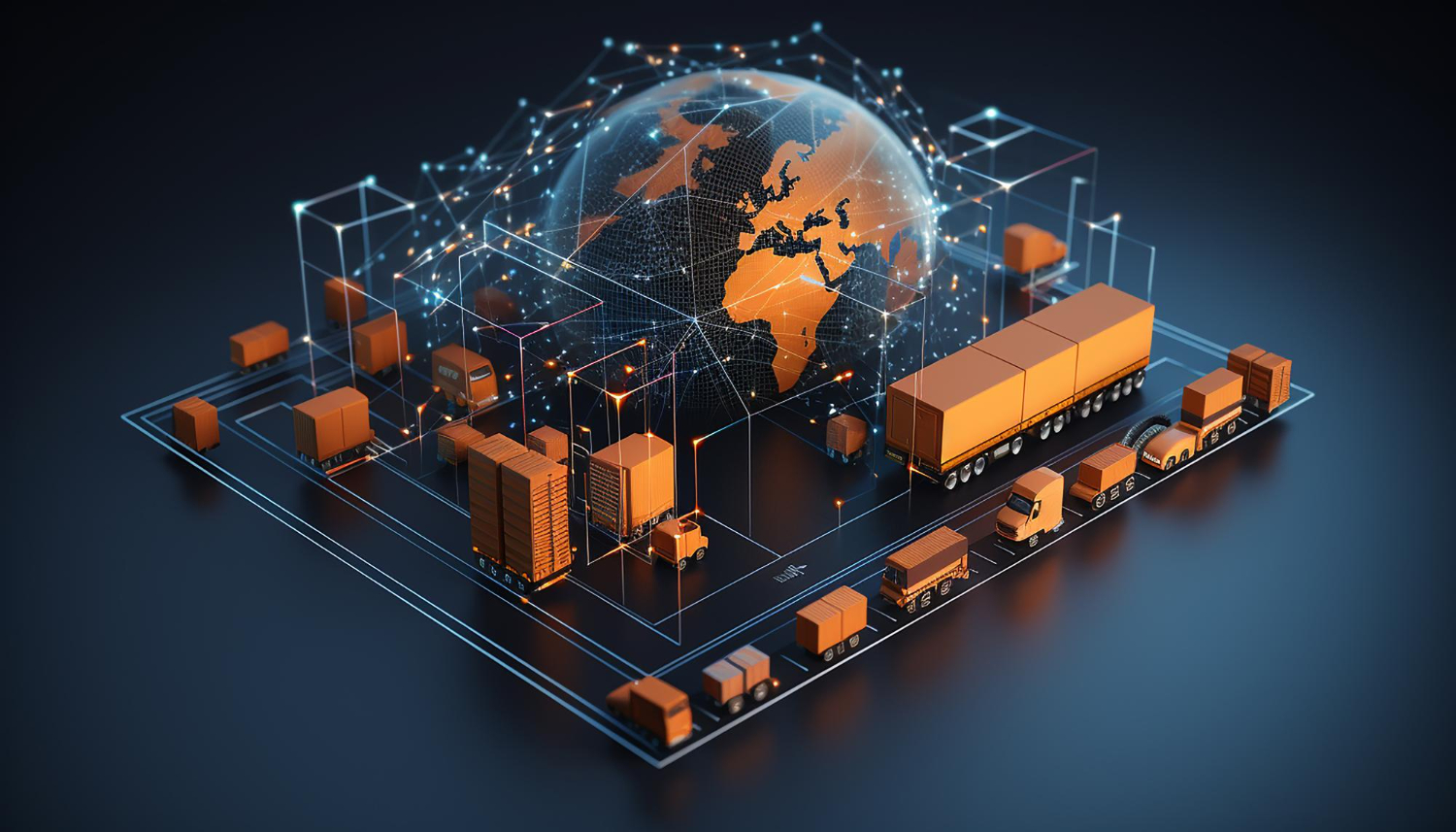Supply chains are the backbone of any business, large or small. Over the years, the global economy has made supply chains more complex and interconnected than ever.
While this interconnectedness brings numerous benefits, it also exposes vulnerabilities. Today, I’ll share some insights on how we can build more resilient supply chains in this intricate global environment.
The Fragile Nature of Modern Supply Chains

Supply chains can be surprisingly fragile due to their complexity and interconnectedness. Single-source suppliers, just-in-time manufacturing, and lean inventories are often cited as significant vulnerabilities. As Mishin says, these factors make supply chains highly susceptible to disruptions, whether from natural disasters, geopolitical tensions, or other unexpected events.
However, disruptions like natural disasters, geopolitical tensions, or pandemics can send shockwaves through these finely tuned networks.
Key Vulnerabilities
- Single Points of Failure: Relying on one supplier for critical components can be risky.
- Geographical Concentration: When suppliers are concentrated in a specific region, localized issues can disrupt the entire chain.
- Lean Inventories: Keeping minimal stock reduces costs but leaves little room for error.
Steps to Build Resilience

Building a resilient supply chain isn’t about eliminating risks altogether—it’s about managing and mitigating them. Here are some practical steps we can take:
Diversification of Suppliers
Relying on a single supplier is risky. Diversifying the supplier base can help spread the risk. It’s like not putting all your eggs in one basket. By having multiple suppliers, even if one faces issues, others can step in to fill the gap.
- Assess Supplier Reliability: Check their track record for reliability.
- Geographical Spread: Ensure suppliers are located in different regions.
- Long-term Relationships: Foster strong, long-term partnerships with suppliers.
Inventory Management
While lean inventories are cost-effective, they can be problematic during disruptions. Keeping a buffer stock or safety inventory can provide a cushion against unexpected delays.
- Safety Stock: Maintain a safety stock for critical components.
- Regular Reviews: Periodically review inventory levels to adjust for changing circumstances.
- Demand Forecasting: Use advanced analytics to better predict demand and adjust inventory accordingly.
Technology and Data Analytics

Technology can be a game-changer in managing supply chains. Real-time data and advanced analytics provide insights that help make informed decisions quickly.
- Real-time Monitoring: Use IoT devices and sensors to monitor the supply chain in real-time.
- Predictive Analytics: Implement predictive analytics to foresee potential disruptions.
- Automation: Use automation to streamline processes and reduce human error.
Risk Management Strategies
Proactive risk management is essential. Identifying potential risks and developing contingency plans can help mitigate the impact of disruptions.
- Risk Assessment: Regularly assess risks at every stage of the supply chain.
- Business Continuity Plans: Develop and regularly update business continuity plans.
- Insurance: Consider insurance options for high-risk areas.
Collaboration and Communication

Strong collaboration and clear communication with all stakeholders in the supply chain can enhance resilience. Sharing information and working together to solve problems can prevent minor issues from escalating.
- Regular Updates: Keep all stakeholders informed with regular updates.
- Collaborative Platforms: Use collaborative platforms for real-time communication and data sharing.
- Joint Problem Solving: Work with suppliers and partners to jointly solve problems.
Case Study & Lessons from the Pandemic
The COVID-19 pandemic was a wake-up call for many businesses. It exposed the vulnerabilities in global supply chains but also provided valuable lessons.
Flexibility and Adaptability
The businesses that were able to adapt quickly to all the changes really came out on top. It’s like, the companies that were able to swap out their suppliers for local ones or tweak their products to match what folks were looking for – those were the ones that managed to stay afloat, you know? They were the ones that were able to roll with the punches and come out swinging.
It wasn’t easy, I’m sure. Changing up how you do business, especially in the middle of all that uncertainty, that’s got to be stressful. But the companies that were willing to be flexible, to listen to what their customers needed and make those tough calls – they’re the ones that weathered the storm. They showed real grit and resilience.
Embracing Technology
Those who embraced technology and digital transformation found it easier to manage disruptions. Real-time data and analytics helped them make quick decisions and stay ahead of issues.
Building Strong Relationships
Strong relationships with suppliers and partners proved invaluable. Companies that had nurtured long-term partnerships found their suppliers more willing to go the extra mile to help them.
The Future of Supply Chains

Looking ahead, building resilient supply chains will be more important than ever. As the global economy continues to evolve, we must be proactive in addressing potential risks and preparing for the unexpected.
Sustainability and Resilience
Sustainability is becoming increasingly important. Environmentally sustainable practices not only help protect the planet but also add resilience to supply chains. For example, using renewable resources and reducing waste can make supply chains less dependent on vulnerable resources.
Technological Advancements
Advancements in technology will continue to shape supply chains. From blockchain for transparency to AI for predictive analytics, the potential is vast. Staying updated with the latest technology trends and incorporating them into supply chain management will be crucial.
Building a Culture of Resilience

Resilience isn’t just about having the right systems and procedures in place – it’s also about cultivating the right culture within your organization. The key is making sure everyone feels equipped and empowered to handle whatever disruptions come your way.
That means regularly training people up, so they have the skills and know-how to tackle challenges. But it’s also about nurturing a mindset focused on problem-solving rather than panicking. You want folks who are always on the lookout for creative solutions, not just rigid adherence to the status quo.
Final Thoughts
Building resilient supply chains in a global economy is a complex but necessary task. By diversifying suppliers, managing inventories wisely, leveraging technology, and fostering strong relationships, we can create supply chains that are not only efficient but also robust and adaptable. The journey might be challenging, but the reward is a supply chain that can weather any storm and continue to deliver value in an ever-changing world.
I hope this discussion helps you think about your own supply chain and where improvements can be made. Resilience isn’t a one-time fix—it’s an ongoing effort. Let’s stay vigilant, adaptable, and ready to face whatever challenges come our way.










